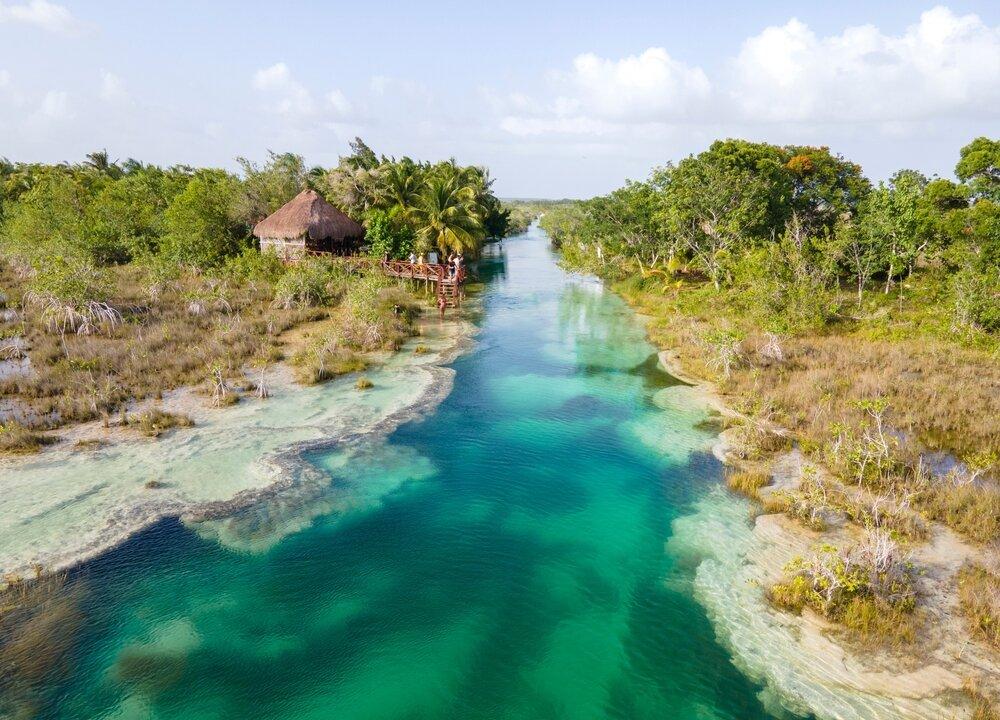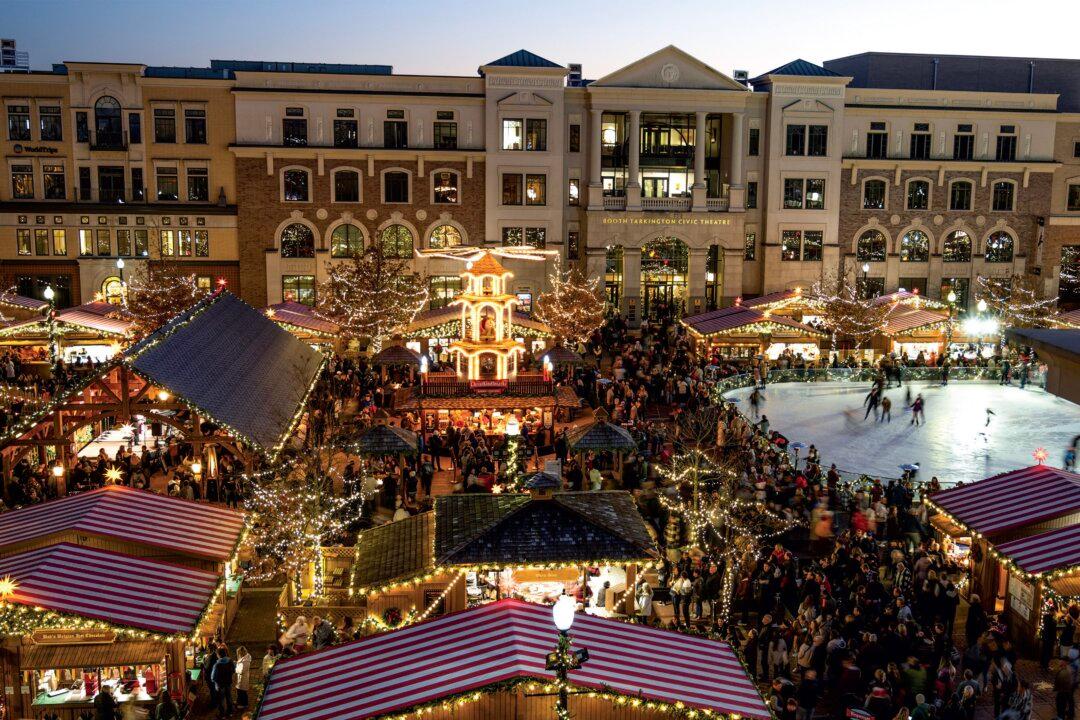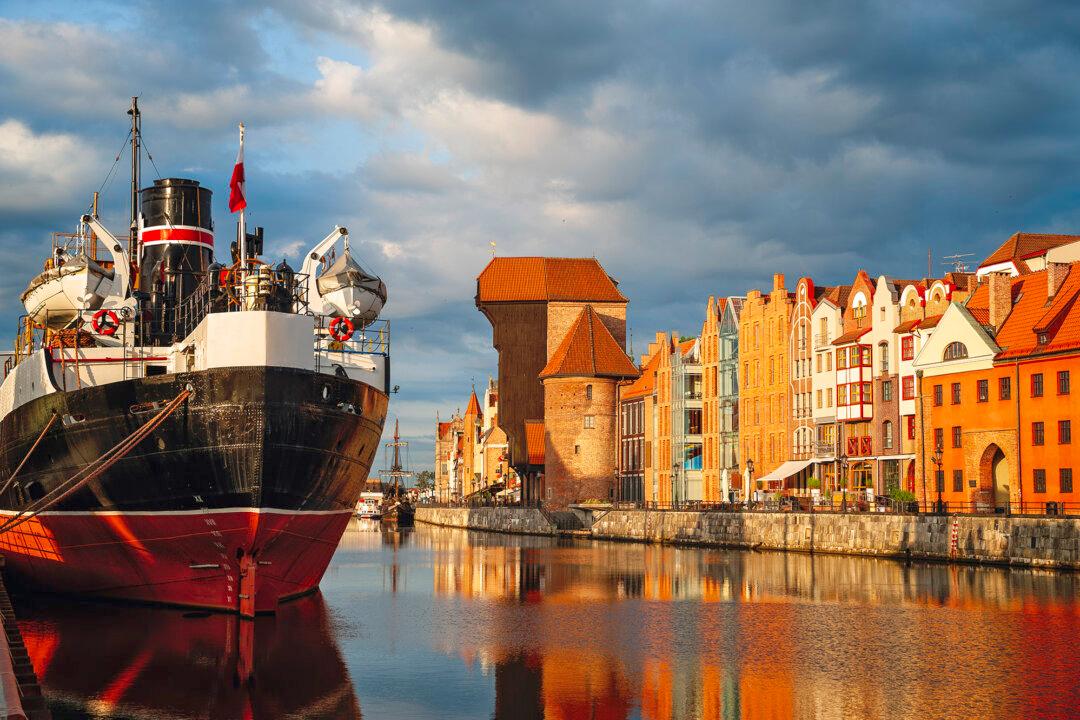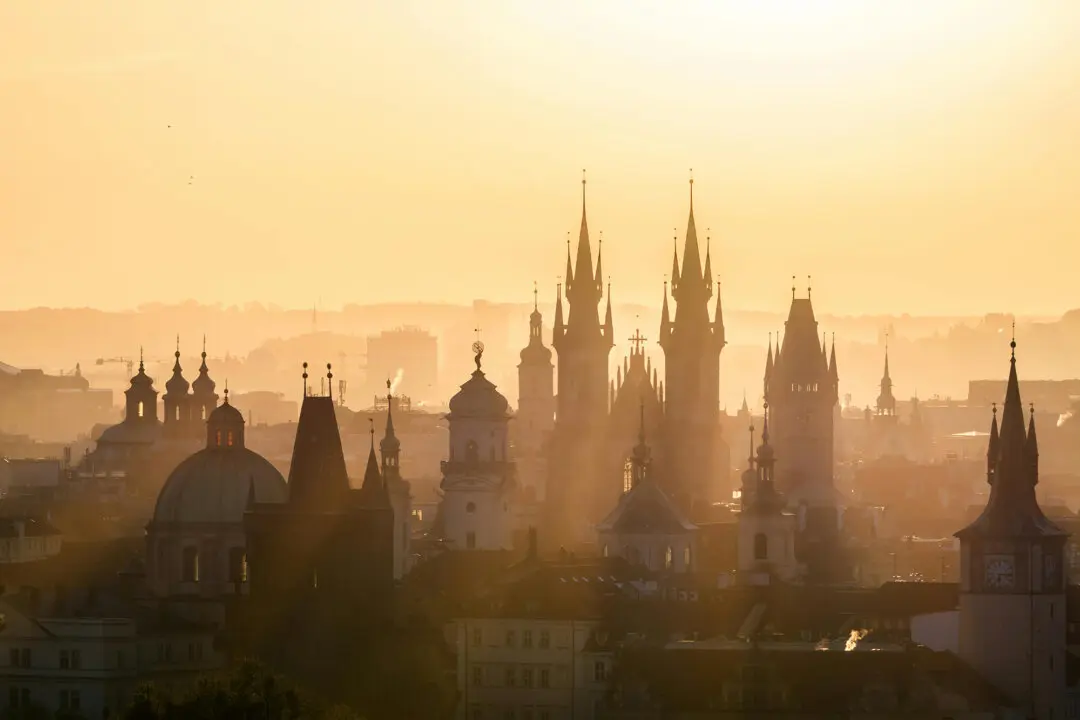It was almost time for sunset over the aquamarine waves on what’s often called the Lagoon of Seven Colors. We arrived a little late, hurriedly donning life jackets and settling into the cushy seats of a pontoon boat.
After casting lines, someone cracked open a bottle of chilled wine. Soon we were sipping from sleek silver glasses as the bulky boat cut a smooth path through the hanging late-day humidity, the water below clear all the way to the limestone bottom.





